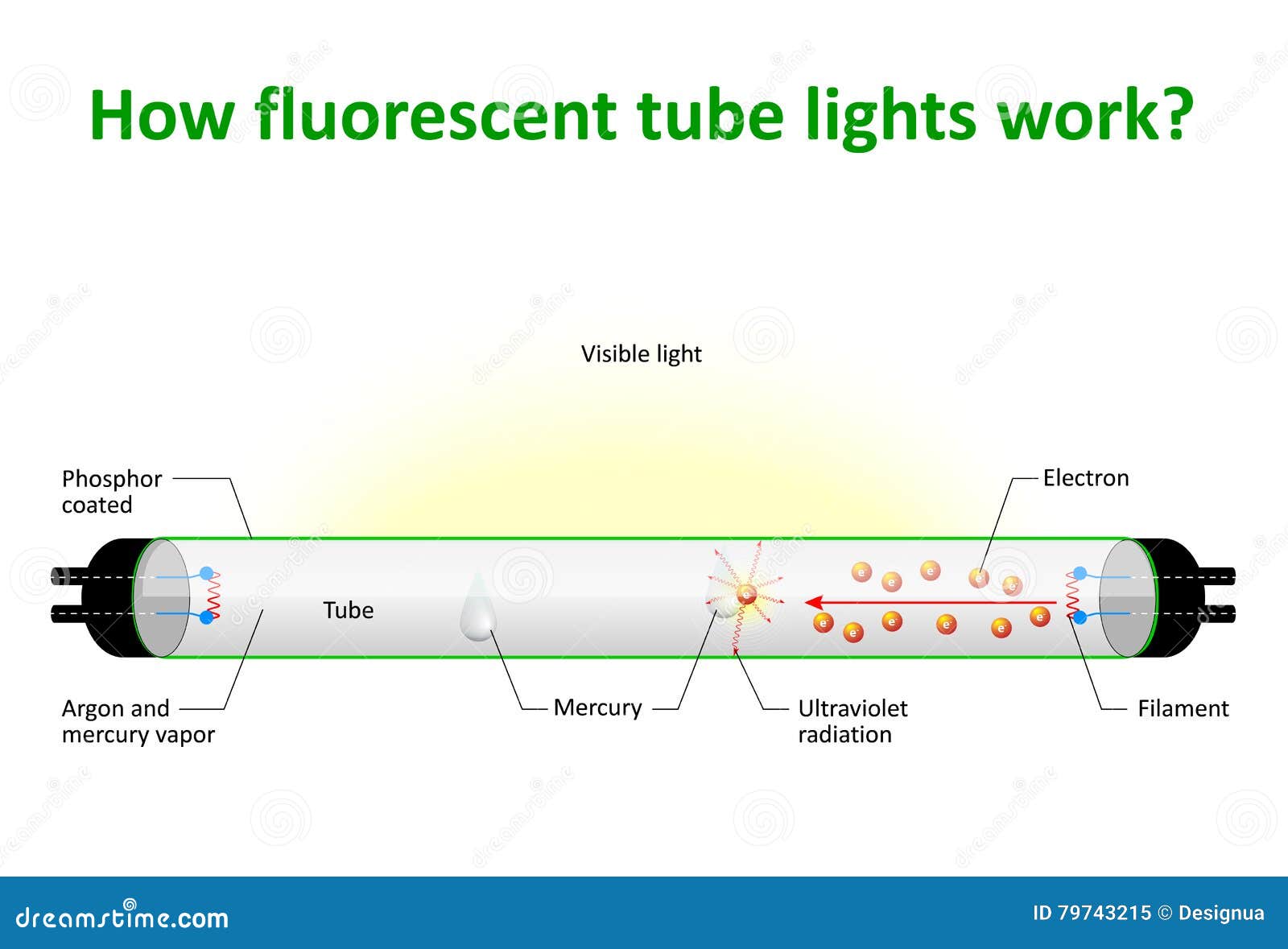


When electricity enters a CFL, mercury and argon fumes inside the bulb produce invisible ultraviolet (UV) light. The white powder coating inside the glass tubing of a CFL contains a fluorescent coating. Ambulance fees for seniors and pensionersĬompact fluorescent lamps (also known as CFLs or energy-saving light globes) are a common lighting choice in Australia since the Australian Government began to phase-out the use of incandescent light bulbs in 2008.Assistance with travel costs to receive medical care.

Telehealth – delivering virtual care closer to home.Screening mammography with BreastScreen WA.Choose a light color from warm to cool for your needs.Ĭheck out the ENERGY STAR Light Bulb Purchasing Guide (PDF, 1.Think about the mood you want from your light.Check out our Guide to ENERGY STAR packaging.New bulbs are specially designed for certain applications, let the package be your guide!.Check the package for the bulb’s recommended use.Remember that Lumens measure brightness, not Watts.Learn more about why to choose ENERGY STAR.Most CFLs today - and all ENERGY STAR certified CFLs - use electronic ballasts, which do not buzz or hum. Older CFLs used large and heavy magnetic ballasts that caused a buzzing noise in some bulbs. CFLs with decorative covers like globe or reflector shapes have a unique design challenge that results in the tradeoff of a slower warm up time, which is why these CFLs take longer than bare spirals to reach full brightness. This entire process typically takes 30 seconds to 3 minutes to complete, which is why CFLs take longer than other lights to become fully lit. A CFL’s ballast helps "kick start" the CFL and then regulates the current once the electricity starts flowing.

This generates invisible ultraviolet light that excites a fluorescent coating (called phosphor) on the inside of the tube, which then emits visible light.ĬFLs need a little more energy when they are first turned on, but once the electricity starts moving, CFLs use about 70% less energy than incandescent bulbs. In a CFL, an electric current is driven through a tube containing argon and a small amount of mercury vapor. In an incandescent, electric current runs through a wire filament and heats the filament until it starts to glow. CFLs produce light differently than incandescent bulbs.


 0 kommentar(er)
0 kommentar(er)
